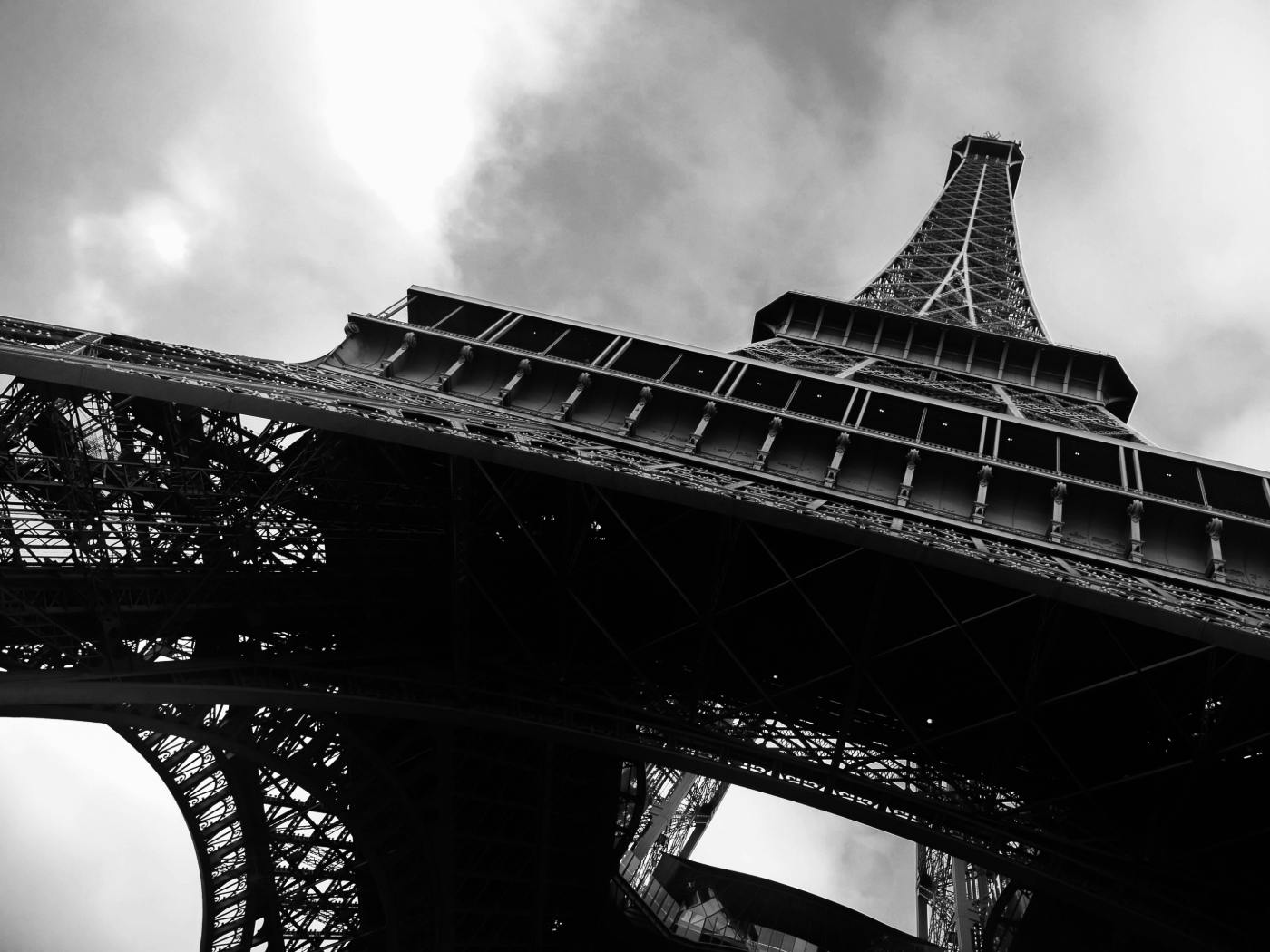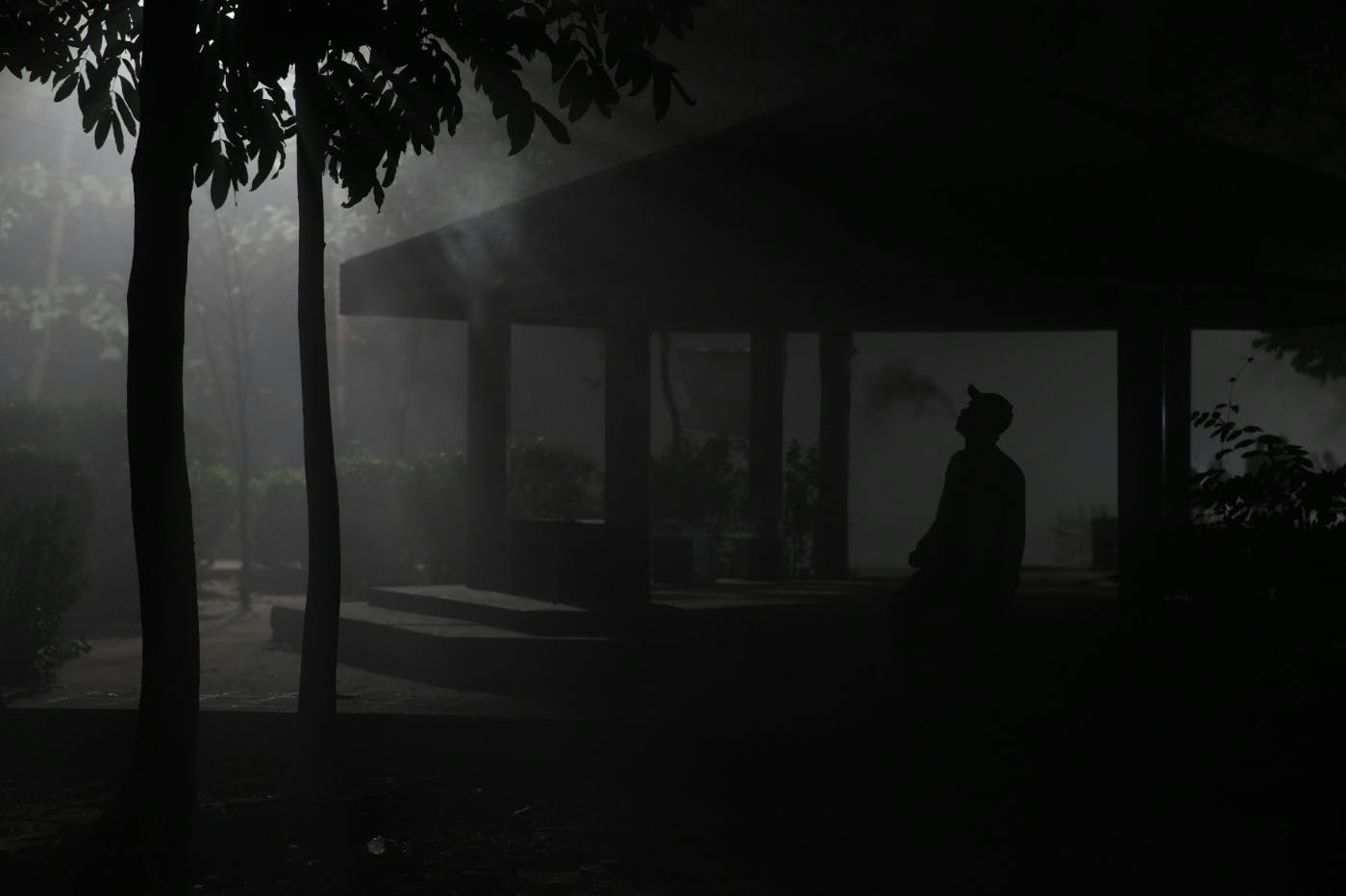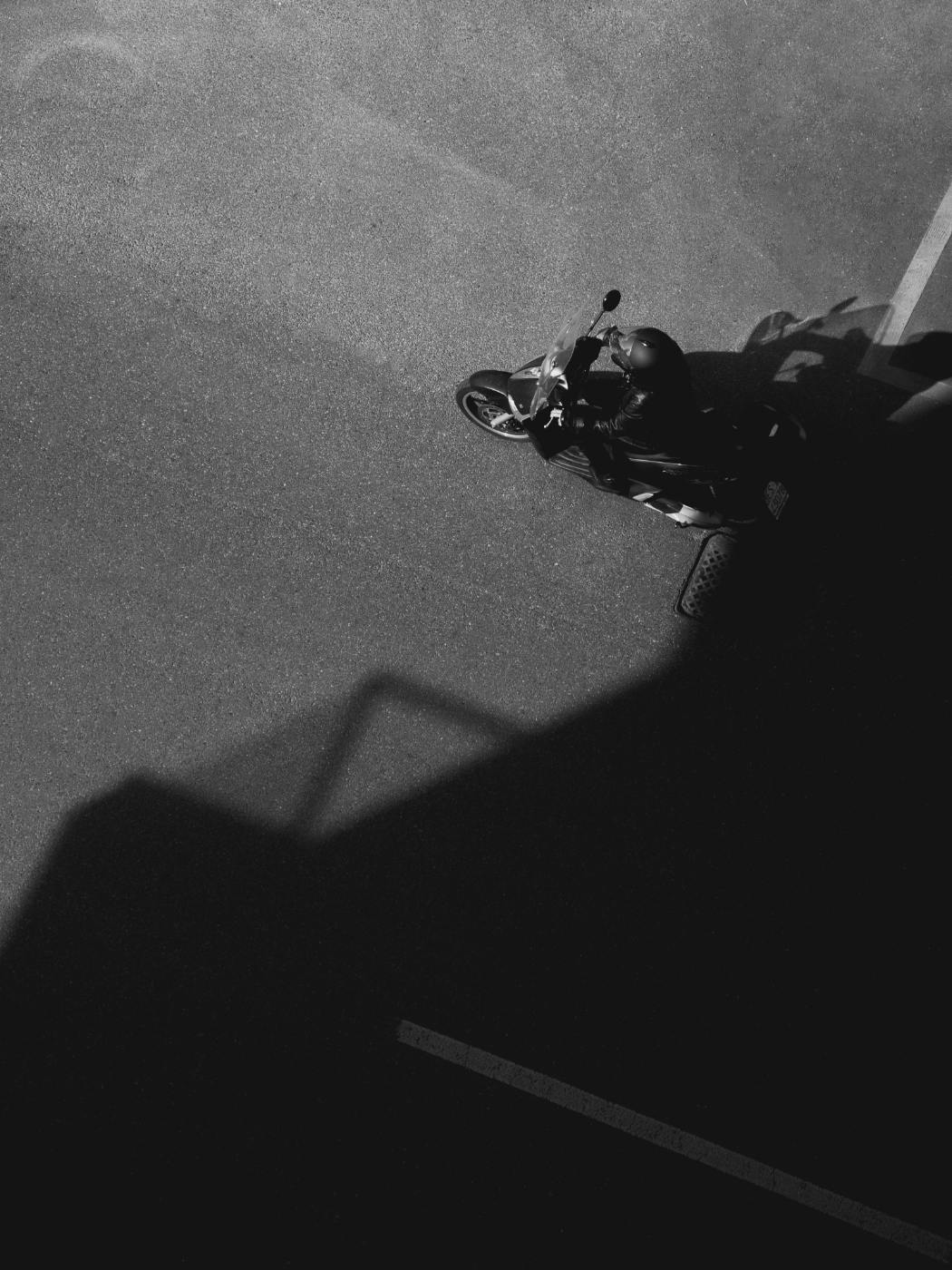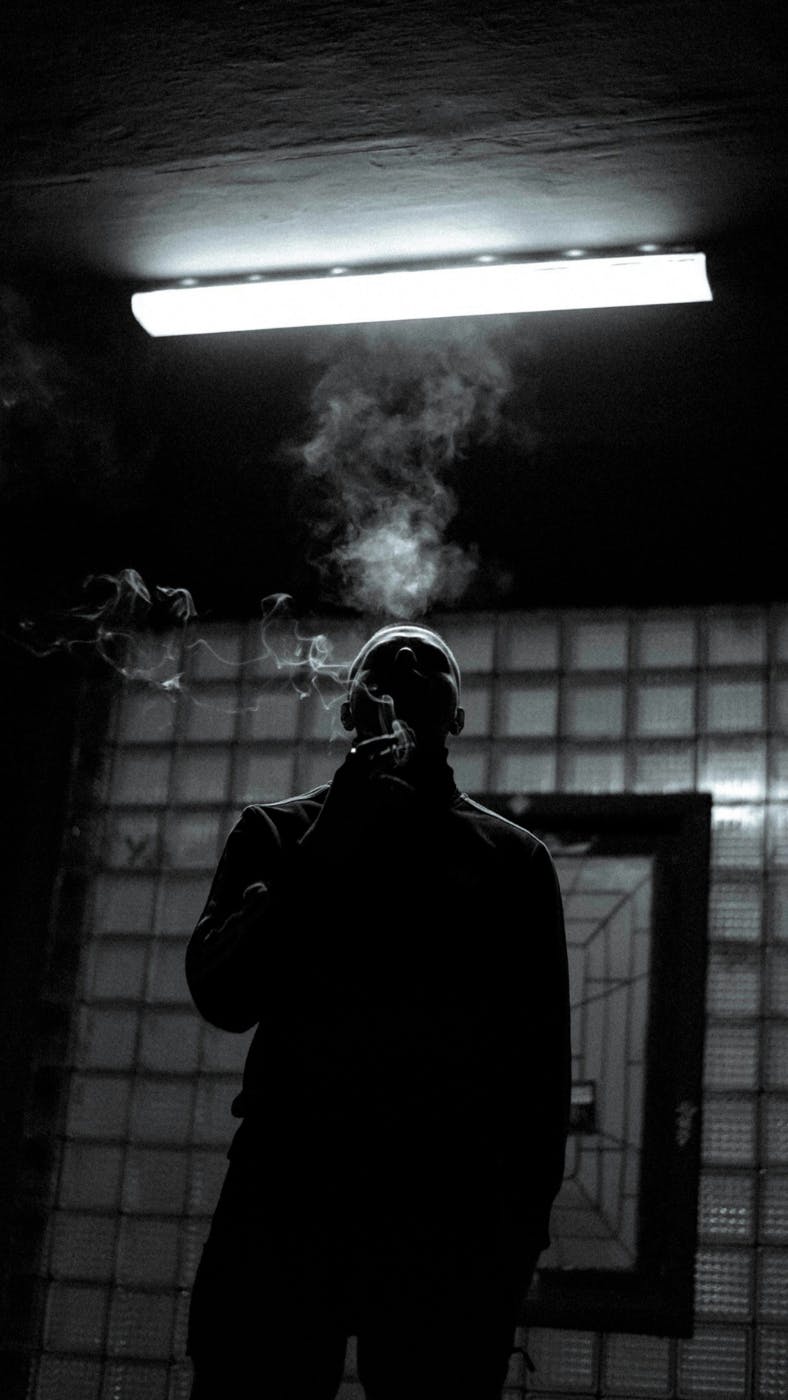

Everyone talks about the brand icons—Apple, Nike, McDonald’s—the ones with their names carved into the skyline like mafia dons. But the rest? The other 99% of brands?
They fight. They hustle. They die.
Then suddenly, there is a pause. An eerie silence covers the world like the first snow of the season. Your senses are at their height, your heart pounds against your ribs as you become laser-focused. A wind whips up newspapers and junk, a few rats fight in the darkness over a French fry, and in that pause, you hear it, it haunts you, it follows you, and now, it’s come to this: kill or be killed. Breath in, breath out, stay calm. Try. Try to stay … but out of the darkness it slips, like the tentacle of a giant squid, it slips across the ground, out of the dark and grabs you by the ears. God No! Please… not like, not here in this hell scape, not now when you have the idea that could change the game in your favor completely, just need more time …. Just a few more meetings, a bit more A/B testing, please, give me time … but from the darkness it comes …
Ba da bup bup baaa … I’m lovin’ it.
Welcome to the Brand Backstreets
Everyone talks about the brand icons—Apple, Nike, McDonald’s—the ones with their names carved into the skyline like mafia dons. But the rest? The other 99% of brands?
They fight. They hustle. They die.
Behind every polished billboard and sassy tweet is a world of struggle, copycatting, and territory wars over attention and shelf space. It’s a place where slogans are weapons, design systems are disguises, and a single wrong move can get you erased.
They don’t talk about this part in brand strategy decks. You won’t see it in a Cannes Lion case study. But it’s real—and it’s ruthless. It’s not Chinatown, Jake, it’s …
The Brandscape: a gritty, unforgiving stretch of commercial turf where only a few brands get the limelight, and the rest fight tooth and nail in the shadows. It’s a back alley world full of middleweights, copycats, and clingers-on, scrambling for scraps while the big names strut through global markets like made men.
You know the Dons. Apple. Nike. McDonald’s.
They own entire categories. They don’t just play the game—they write the rules.
But the rest?
They’re running shakedown campaigns.
Making shady influencer deals behind the dumpsters.
One misstep from a clearance rack send-off.
In the Brandscape, you don’t rise by accident. You rise by hustle, betrayal, reinvention, and raw survival instinct. This ain’t Madison Avenue. This is Goodfellas with logo guidelines.
So pull your collar up. Stay close to the walls. Because in this world, even a killer idea can get you killed.
The Dons: Who Really Owns the Brandscape
They don’t advertise anymore.
They exist.
Etched into culture like scars into asphalt.
Apple doesn’t need to explain “Think Different.”
Nike doesn’t need to sell motivation.
McDonald’s doesn’t need to tell you what’s for dinner.
These brands aren’t players—they’re power structures.
They’re The Dons of the Brandscape.
They own the corners.
They get the best shelf space.
They don’t chase trends—they dictate them.
And just like any good crime family, they’ve built empires on:
- Control of territory – Apple’s walled garden is less a tech ecosystem and more a loyalty trap dressed in brushed aluminum.
- Fear and familiarity – You know what you’re getting with McDonald’s in Moscow, Manhattan, or the middle of nowhere. That’s not convenience. That’s conditioning.
- Emotional monopolies – Nike doesn’t sell shoes. It sells identity. If you don’t wear the Swoosh, are you even trying?
These brands didn’t climb to the top because they were the “best.”
They climbed because they were ruthless with focus, message, and distribution. They picked their narrative, stuck with it, and repeated it until it drilled into your skull.
And now? They sit in the corner booth, sipping confidence out of a branded tumbler while the rest of the Brandscape bleeds for clicks.
Most brands? They’re just trying to survive. The Dons? They’re playing a different game altogether.
But not everyone gets to sit at the head of the table.
For every Apple, there are a hundred brands stuck in the purgatory between relevance and oblivion—good ideas, decent execution, maybe even a loyal niche. But no muscle. No turf. No name that gets whispered with reverence.
These are the mid-tier strivers.
Too big to vanish quietly.
Too small to matter loudly.
And in the Brandscape, that’s the most dangerous place to be.

The Mid-Tier Struggle: Too Big to Hide, Too Small to Win
They’ve got budgets, sure. Teams. Strategy decks with five-point funnels and color-coded KPIs.
But under the fluorescent lights of the Brandscape, none of that matters if you don’t have pull.
Mid-tier brands are the ones caught in the squeeze:
- Not iconic enough to own culture.
- Not agile enough to play the indie card.
- Not cheap enough to win on price.
They’re the ones saying, “We’re like Patagonia, but for pets.”
Or “We’re the Uber of lawn care.”
Chasing relevance with desperation in their eyes and a slogan taped to their chest like a target.
They mimic the Dons—borrow their palettes, their minimalist packaging, their curated Instagram grids—hoping the disguise is enough to fool the consumer for one more quarter. It’s branding by ventriloquism.
They rebrand not to evolve, but to survive.
New logo. New name. New agency. Same problem.
Nobody knows who they are, and worse, nobody cares.
And that’s the cold truth of the Brandscape:
Being “good” isn't good enough.
Because in the shadows, there’s always another brand with a sharper hook, a louder stunt, or a better-funded hustle. And no one mourns the ones who fade. They just get replaced, quietly, like a failed front on the wrong side of town.
These brands aren’t trying to win.
They’re trying not to lose.
But when survival isn’t guaranteed—and legitimacy is out of reach—some brands stop playing by the rules.
They fake it.
They scheme.
They move fast, break things, and hope nobody looks too closely.
In the back alleys of the Brandscape, these aren’t brands.
They’re hustlers with a Shopify login and a dream. And they’ll do whatever it takes to get noticed.
The Hustlers, Fakes, and Copycats
Every racket has its street-level players—the ones running scams, selling knockoffs out of the trunk, flashing a smile and a slogan with nothing behind it.
Branding is no different.
Scroll your feed, and you’ll see them:
- The DTC lookalikes with Helvetica logos and pastel packaging.
- The drop-shippers pretending to be lifestyle brands.
- The AI-generated “visionaries” who built a brand in 8 minutes flat and act like it’s legacy.
They don’t want to build something real. They want the appearance of real.
A vibe. A story. A brand aesthetic.
All style, no substance—and if the ad hits, who cares?
Some play the social game like hustlers:
- Buying influencer love with discount codes and desperation.
- Manufacturing hype through fake scarcity.
- Running giveaways like pyramid schemes in designer fonts.
Others go the full knockoff route—parasitic by design:
- Off-brand energy drinks mimicking Red Bull’s swagger.
- Fashion lines “inspired” by streetwear legends.
- Tech gadgets with names just close enough to confuse your grandma.
These brands aren’t dumb. They’re just short on time.
They don’t have ten years to build a reputation. They need clicks now.
And in the chaos of the Brandscape, sometimes the counterfeit looks close enough to real… until it falls apart in your hands.
But every scheme has an expiration date.
And when the hustle runs dry, all that’s left is a broken promise in a branded box.
But not every brand gets to fade quietly.
Some get taken out—publicly, violently, and with precision.
Sometimes it’s a hit job.
Sometimes it’s friendly fire.
Sometimes… they never saw it coming.
Because in the Brandscape, every rise has a target on its back.
And every empire, no matter how slick the packaging, is one bad quarter away from becoming a cautionary tale.

Hits, Heists, and Brand Murders
No one is untouchable.
Not in the Brandscape.
One minute you're running the block. The next, you're bleeding market share, your customers ghosted you, and some younger, faster brand just jacked your story—and your soul.
We’ve all seen the bodies.
Blockbuster
They had the turf, the cash, the name.
Then came Netflix—quiet at first.
Mail-order DVDs? Cute.
But by the time Blockbuster blinked, it wasn’t a turf war—it was a digital execution.
Lesson: Denial is a death sentence.
Yahoo
The original Don of the internet.
Then came Google, whispering sweet relevance.
Yahoo tried everything—content, acquisitions, redesigns.
But the identity was gone.
What were they? A portal? A media site? A memory?
They bled out trying to be everything and became nothing.
Lesson: A brand without clarity is a mark waiting to be hit.
Facebook (Coolness: Deceased)
Still breathing. Still rich.
But cool? That died in the alley behind a TikTok trend.
Gen Z looked at Facebook like it was a landline.
And no amount of rebranding to “Meta” could hide the fact that they lost the room—and the rhythm.
Lesson: You can’t buy cultural relevance. You have to earn it—and keep earning it.
WeWork
The grift dressed as disruption.
All swagger, soft lighting, and startup jargon—until the numbers hit the floor like a body bag.
Lesson: Vision without discipline is just delusion in a hoodie.
And these are just the famous ones.
Every year, hundreds of brands go quietly, disappearing from the shelves, the scroll, the subconscious. Some overextend. Some get acquired and gutted. Others simply get forgotten.
In the Brandscape, you don’t need to be bad to get killed.
You just need to be… replaceable.
It’s not all chaos and casualties, though.
Some brands survive. A few even thrive—not because they’re the loudest, but because they know how the game is played.
They move with intent.
They speak with precision.
They build trust like a stash house: brick by brick, quiet, secure, untouchable.
They live by a code.
And in the Brandscape, that’s the only thing standing between longevity and liquidation.

The Code: Rules of Survival in the Brandscape
No one hands you a map out here.
There’s no playbook. No mentor. No “best practices” that haven’t already been chewed up by a dozen dead startups.
But the brands that last?
They move by instinct—and a few hard-earned truths etched into their DNA.
1. Don’t Copy the Dons—Find Your Own Turf
Apple already owns “cool.” Patagonia owns “purpose.” Nike owns “drive.”
Trying to steal their crown only makes you look like a knockoff.
Instead, own a street no one else is walking down. Be the only one who does what you do, the way you do it.
2. Pick One Thing—and Make It Legendary
Confused brands die fast.
You’re not a movement, a lifestyle, a subscription box, and a sustainable B2B platform. You’re one thing.
Make that thing unforgettable. Make it iconic. And never apologize for focus.
3. Loyalty Over Reach
Followers can be bought. Attention fades.
But trust? Trust is earned in whispers and guarded like a family secret.
Turn your customers into loyalists—people who rep your brand like it’s their bloodline.
4. Don’t Talk Like a Brand—Talk Like a Person
Out here, authenticity is armor.
Speak human. Cut the jargon. Ditch the faux-purpose.
If you wouldn’t say it in a backroom deal, don’t say it on a homepage.
5. Make Your First Impression Count
You get one shot. One look. One scroll.
Your brand better feel right, right away—or it disappears into the alley with the rest of the noise.
Because in the Brandscape, survival isn’t about being “better.”
It’s about being unforgettable.
The rules aren’t fair. The odds aren’t even.
But they’re all you’ve got.
Because in the Brandscape, it’s not the best idea that wins.
It’s the one that knows what it’s doing—and who it’s doing it for.
If you're still standing, you’ve earned your scar tissue.
But don’t get cocky. The next test is always coming. The next hit. The next disruptor. The next shiny story whispering in your customers’ ears.
So, how do you stay sharp?
Summing Up: Not Every Brand Gets to Be a Don
Most brands won’t make it.
Not because they’re bad, but because they’re blind.
Blind to what they are. Blind to how they’re seen. Blind to the brutal truths, no agency wants to put on a slide.
But if you want to rise in this world—really rise—you need more than a clever tagline and a sleek deck.
You need clarity like a weapon.
Positioning like a safehouse.
A message that lands like a threat and sticks like a myth.
That’s where ThoughtLab comes in.
We don’t sell illusions. We don’t sugarcoat your odds.
We’re the reality sheriffs of the Brandscape—here to make sure your story doesn’t just look good, but lives. That it cuts through, hits hard, and sticks around long after the smoke clears.
Because out here, you’re either building a legacy…
…or becoming part of someone else’s origin story.
